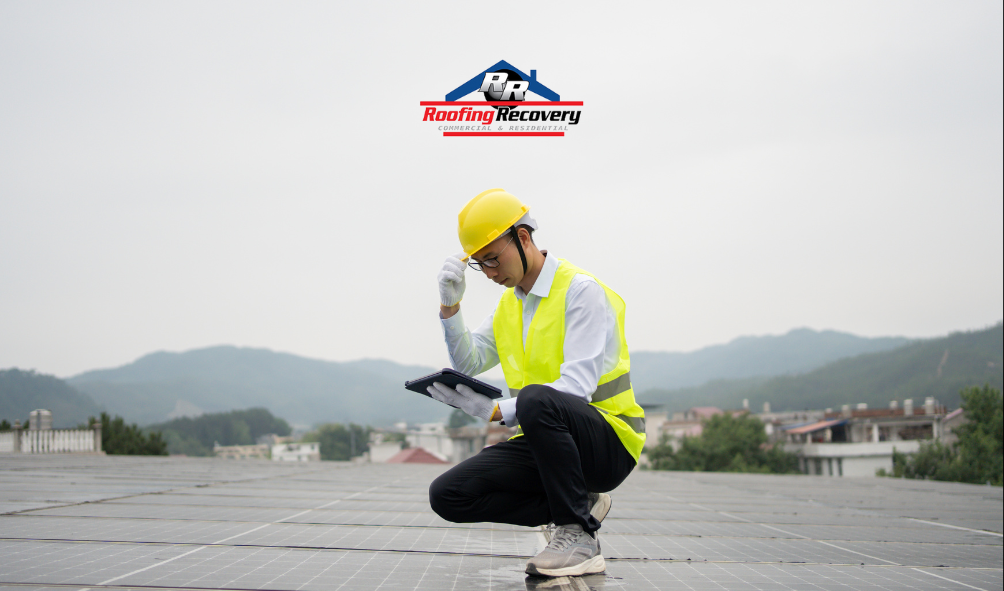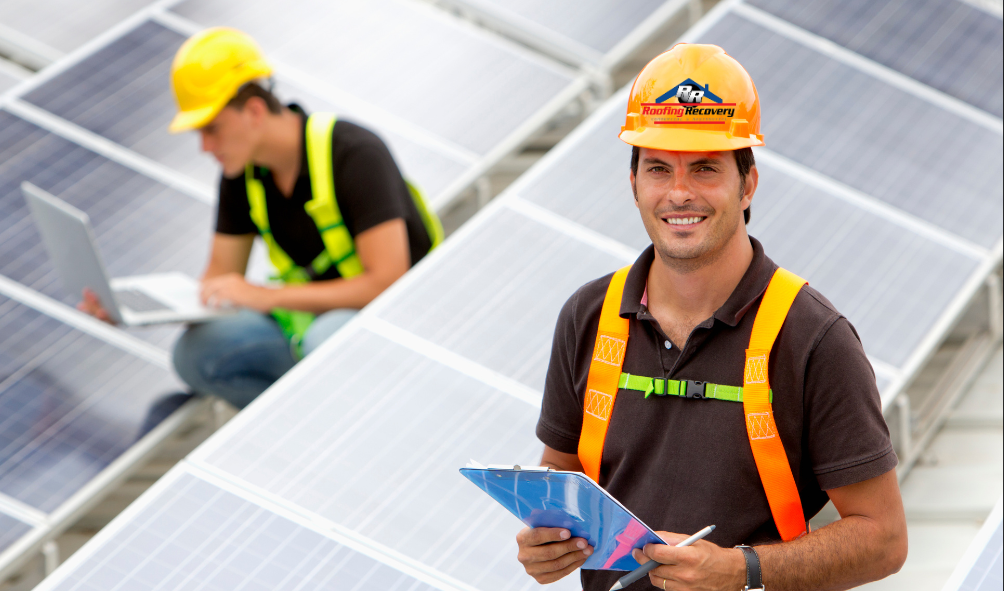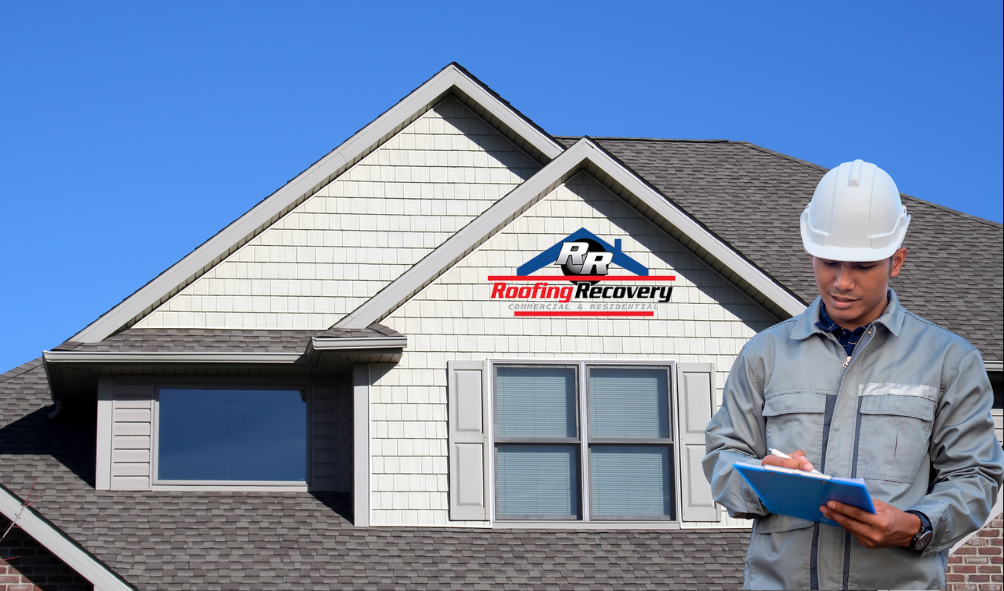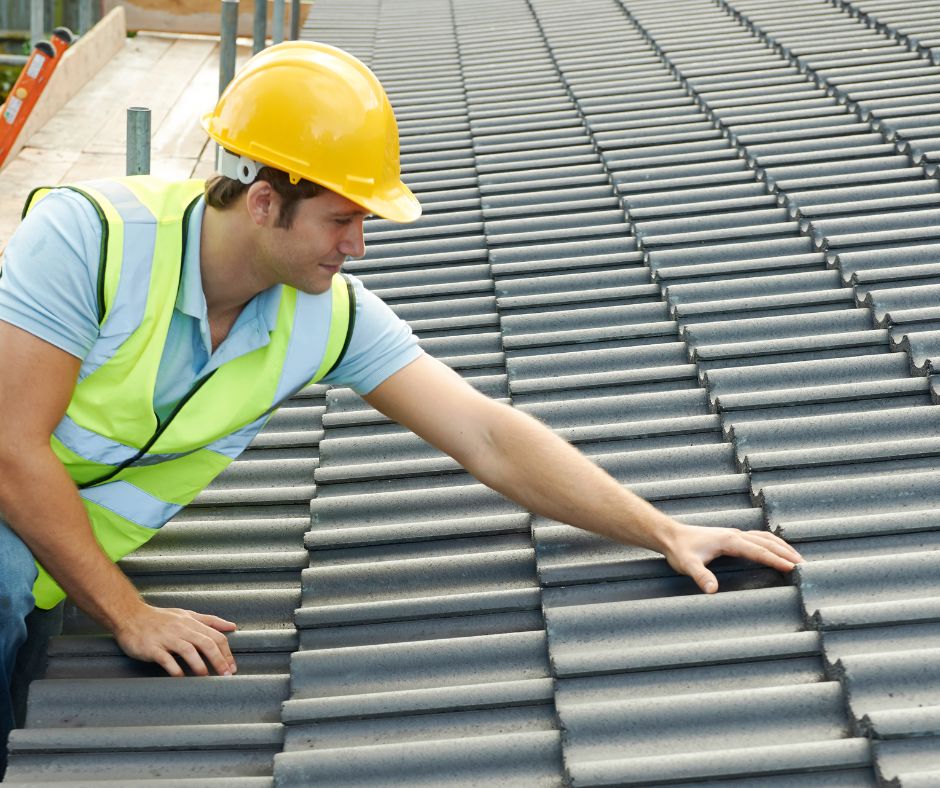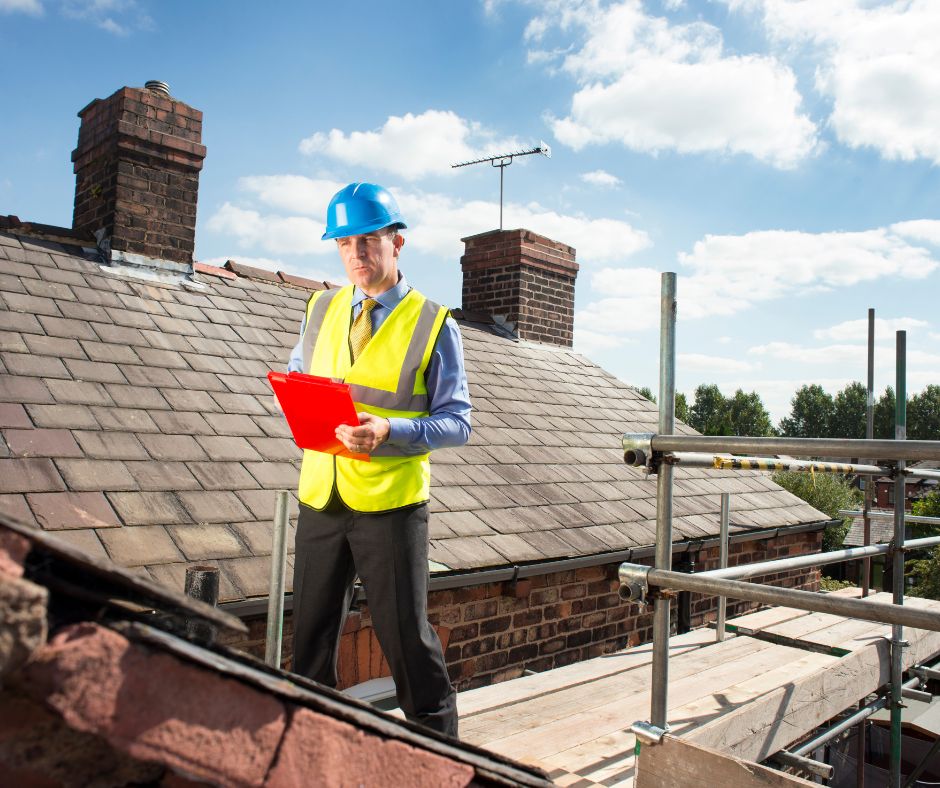Neglecting roof inspections can have dire consequences for homeowners, often leading to extensive damages and costly repairs. This article explores the hidden dangers that can arise from neglecting regular roof inspections and emphasizes the importance of addressing them promptly.
Roofs are the first line of defense against the elements, shielding our homes from rain, snow, and the scorching sun. However, over time, they can develop wear and tear, compromising their integrity. By neglecting roof inspections, homeowners unwittingly expose themselves to a host of potential problems such as leaks, mold growth, structural damage, and even danger to their health and safety.
With a regular roof inspection, potential issues can be identified early on, allowing for necessary repairs to be made before they escalate into major headaches. A professional inspection can uncover hidden damage, identify weak spots, and assess the overall condition of the roof, ensuring it remains structurally sound and functioning effectively.
Don’t let neglectful oversight place your home and loved ones at risk. Discover the consequences of roof inspection neglect and learn how to prevent them in this informative article.
Common Issues Found During Roof Inspections
During regular roof inspections, professional inspectors typically come across a range of common issues that can compromise the integrity of your roof. One such issue is the presence of damaged or missing shingles. Over time, exposure to harsh weather conditions can cause shingles to crack, curl, or even detach completely. This leaves the underlying layers vulnerable to water penetration, which can lead to leaks and other forms of water damage.
Another common problem is the accumulation of debris on the roof. Fallen leaves, branches, and other debris can clog gutters and downspouts, preventing proper drainage and causing water to pool on the roof. This excess moisture can seep into the roof’s layers, leading to rot, mold growth, and structural damage if left unaddressed.
Additionally, regular roof inspections often reveal the presence of damaged flashing. Flashing is a protective material installed around areas where the roof meets walls, chimneys, or vents. When flashing becomes damaged or deteriorated, it can allow water to infiltrate the vulnerable areas, leading to leaks and potential structural damage.
The Consequences of Neglecting Roof Inspections
Neglecting regular roof inspections can have far-reaching consequences that go beyond just the roof itself. Let’s explore some of the potential dangers and damages that can arise from neglectful oversight.
Increased Risk of Structural Damage
One of the most significant consequences of neglecting regular roof inspections is an increased risk of structural damage to your home. A compromised roof can allow water to seep into the underlying layers, causing rot and weakening the structural integrity of the entire building. Over time, this can lead to sagging ceilings, warped walls, and even complete structural failure in severe cases.
Furthermore, if the water damage goes unnoticed for an extended period, it can also lead to the growth of mold and mildew. Mold not only damages the materials it grows on but can also pose serious health risks to the occupants of the home. People with respiratory conditions, allergies, or weakened immune systems are particularly susceptible to the harmful effects of mold exposure.
Potential Leaks and Water Damage
Neglecting regular roof inspections significantly increases the risk of developing leaks and water damage within your home. Leaks can occur when damaged shingles, flashing, or other roof components allow water to infiltrate the interior of your home. If left unaddressed, even a small leak can lead to extensive water damage, including stained ceilings, peeling paint, and rotting wood.
Water damage can also extend beyond the visible areas. Moisture can seep into the walls, insulation, and electrical components, causing further damage and potentially creating a hazardous environment. Mold growth is also a common result of water damage, which can exacerbate the health risks mentioned earlier.
Decreased Energy Efficiency
A neglected roof can also have a negative impact on the energy efficiency of your home. As the roof becomes compromised, it loses its ability to provide proper insulation, allowing heat to escape during cold weather and enter during hot weather. This can lead to increased energy consumption as your heating and cooling systems work harder to maintain a comfortable temperature.
Furthermore, if moisture penetrates the roof layers, it can also affect the insulation material, reducing its effectiveness and further compromising the energy efficiency of your home. This can result in higher energy bills and a less comfortable living environment.
Health Hazards and Mold Growth
As mentioned earlier, neglecting regular roof inspections can lead to the growth of mold and mildew within your home. Mold thrives in moist environments, and a damaged roof that allows water infiltration provides the perfect conditions for its growth. The presence of mold not only damages the materials it grows on but can also pose serious health risks.
Exposure to mold spores can cause a variety of health issues, ranging from mild allergic reactions to more severe respiratory problems. Individuals with pre-existing respiratory conditions, allergies, or weakened immune systems are particularly susceptible to the harmful effects of mold exposure. To protect the health and well-being of your family, it is crucial to address any roof issues promptly and prevent the growth of mold.
Insurance Implications and Denied Claims
Another consequence of neglecting roof inspections is the potential impact on insurance coverage. Many homeowners’ insurance policies require regular roof inspections as part of the terms and conditions. Failing to comply with these requirements may result in denied claims or reduced coverage in the event of damage or other related issues.
Insurance companies often view neglecting regular roof inspections as a lack of proper maintenance, which can be interpreted as negligence on the part of the homeowner. This can lead to disputes and difficulties in receiving compensation for damages that could have been prevented with regular inspections.
The Cost of Neglecting Roof Inspections
The cost of neglecting roof inspections can be significant, both financially and in terms of the potential risks and damages to your home. By investing in regular roof inspections, you can save yourself from the following expenses and headaches:
- Costly Repairs: Neglected roof issues can escalate into major problems that require extensive repairs. This can include replacing damaged shingles, repairing structural damage, or even replacing the entire roof. The cost of these repairs can be much higher than the cost of regular inspections and maintenance.
- Increased Energy Bills: A compromised roof can lead to decreased energy efficiency, resulting in higher energy bills. As your heating and cooling systems work harder to compensate for the loss of insulation, your energy consumption increases, leading to inflated monthly bills.
- Healthcare Costs: The health risks associated with mold exposure can lead to medical expenses, especially for individuals with respiratory conditions or allergies. Treating these health issues can be costly and may require ongoing medical care.
- Insurance Disputes: As mentioned earlier, neglecting regular roof inspections can have implications for insurance coverage. Denied claims or reduced coverage can result in out-of-pocket expenses for repairs or replacements that could have been covered by insurance.
The Importance of Regular Roof Inspections
Regular roof inspections are not a luxury but a necessity for homeowners. They are crucial in identifying potential issues early on, allowing for necessary repairs to be made before they escalate into major headaches. By neglecting roof inspections, homeowners unwittingly expose themselves to a range of potential problems, including structural damage, leaks, decreased energy efficiency, health hazards, and insurance disputes.
To protect your home, your loved ones, and your finances, it is vital to prioritize regular roof inspections. Hiring a professional roofing inspector to assess the condition of your roof can save you from costly repairs, ensure your home remains safe and sound, and provide you with peace of mind. Don’t let neglectful oversight place your home at risk – schedule a roof inspection today and take proactive steps to maintain the integrity of your roof. Call 954-799-4069 to speak to your trusted roofing contractor.



